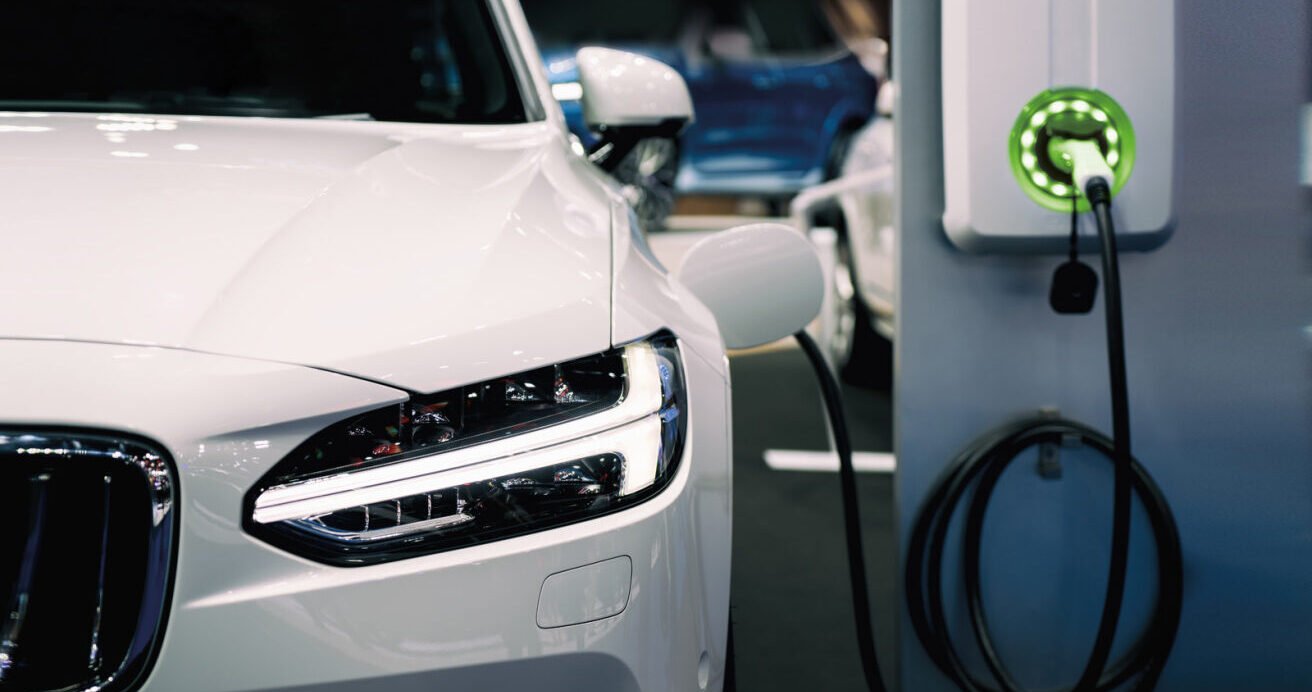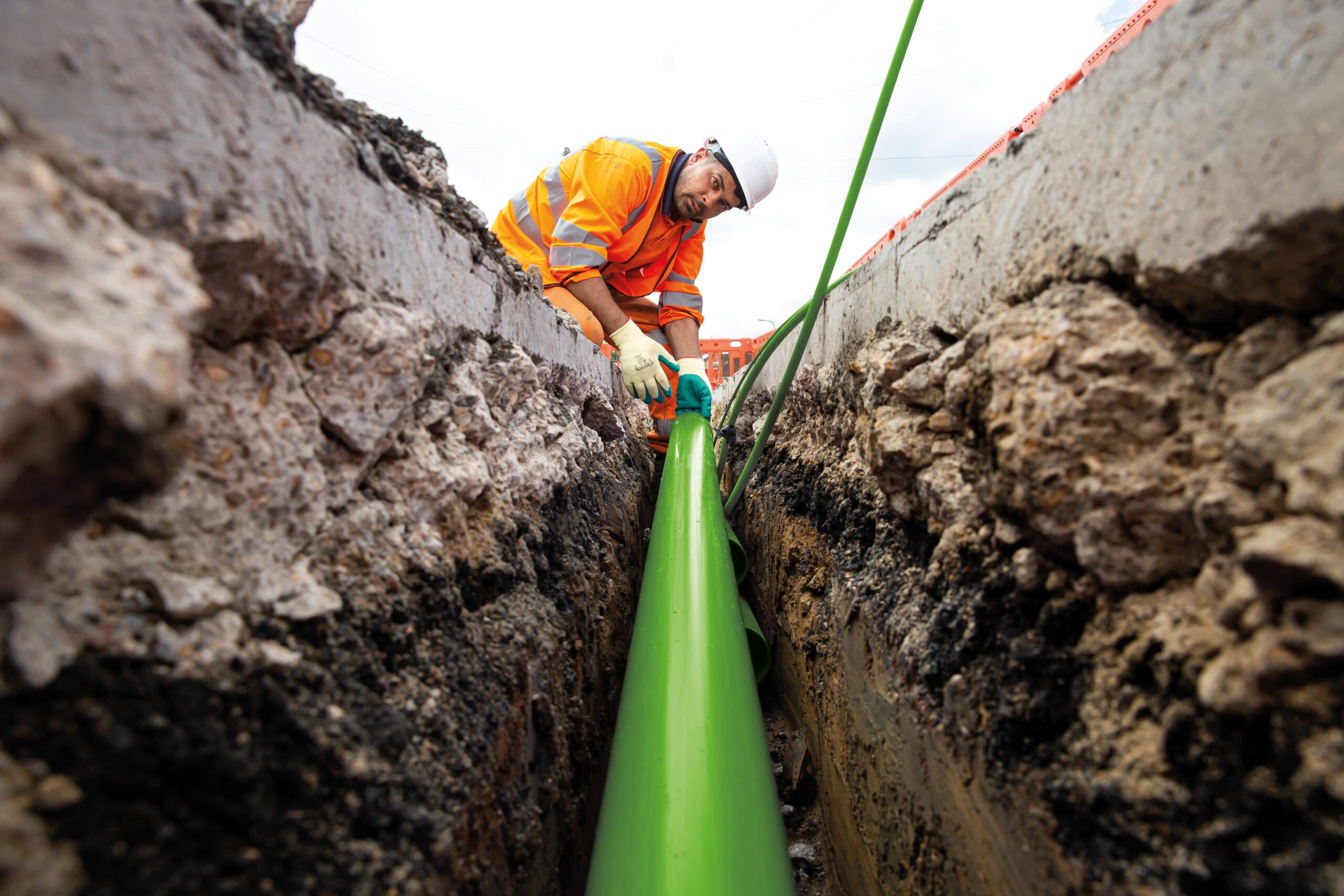The first “real” electric vehicle (EV) hit US roads in 1888, meaning we’ve had more than 100 years of automotive advancements to really maximise their full potential.
Despite this, it’s only recently that demand for EVs has intensified as the UK looks to radically reduce the burning of fossil fuels and phasing out of some of the biggest emitters – petrol and diesel cars.
While new Government policies and commitments have been announced to help the UK hit net zero by 2050, we have a lot of work to do if we’re going to meet this target, particularly when it comes to greener transport. Not only do businesses need to view the adoption of EVs as an essential task but the infrastructure to meet the demand also needs to be in place.
Why now?
One of the main drivers for firms to go electric is to improve sustainability and lower the impact on the environment. Those operating fleets of EVs have between 17% and 30% lower emissions than businesses operating fleets with internal combustion engines[1].
And there’s plenty of support available to make the change. For example, the Government’s electric vehicle infrastructure (EVI) grant for staff and fleets[2] provides SMEs with reduced costs for the installing of EV charge points and supporting infrastructure.
Choosing EVs can also result in lower Benefit-in-Kind tax rates, 0% road tax until 2025 and exemptions from London Congestion Charges. VAT registered companies can also claim back 50% of the VAT on vehicle payments or maintenance costs.
With new vehicles powered by combustion engines set to be banned by 2035 in the UK, businesses need to consider investing and evolving their fleets now.
Is range anxiety still a prominent issue with EVs?
Almost all car journeys in England are under 100 miles[3] and most could be made by an EV without needing to recharge. This is simply because many EVs can now travel further than before. The average battery range for new vehicles launched in 2023 was almost 300 miles[4] on a full charge, while vans such as the Ford E-Transit can do around 236 miles when fully charged.
Despite this, there is still a level of anxiety among the public regarding existing electric vehicle infrastructure (EVI) – most notably the accessibility of charging points for long journeys. The Society of Motor Manufacturers and Traders (SMMT) reported in 2022 that “as plug-in vehicle registrations surged, public charging infrastructure expansion has failed to keep pace. Plug-in cars on the road had grown a phenomenal 280.3% between 2019 and 2021, but slow/fast public charge points grew by just 69.8% in the same period.”
That’s why we’re addressing these concerns by providing a sensible, end-to-end solution. OCU Evolution provides businesses with the complete EV package, from installing and connecting infrastructure through to providing charging units for cars, lorries and buses. We also support with the ongoing maintenance and commissioning of sub-stations, solar panels and batteries.
And the timing couldn’t be better. The SMMT reported that Britain’s millionth battery electric car (BEV) hit the road in January 2024, and SMMT’s latest used car market figures for 2023 show that BEV uptake was up 90.9%, evidence that there is potential for huge growth provided supply from the new market remains consistent.
Is the current EV charging infrastructure prepared to cope with further EV adoption? If not, what needs to be done to remedy this?
EV adoption will stall without a public network of chargers for drivers. People need access to charge points at home and at work, as well as for long distances or those in need of a quick top-up.
As of January 2024, 55,301 charging points have been installed across the UK[5], but the Government has said it wants to grow that number to 300,000 by 2030. This highlights the scale of the task ahead, and the need to expand the network and increase investment.
For us it’s about having the technicians and the right equipment in the right place to service businesses who want to build their charging capabilities. While the UK has a long road ahead, if we continue to collaborate and embrace technological advancements, we’ll be in a strong position to hit the zero-emission vehicle target.
We know there is a huge opportunity to create a more sustainable and efficient transport system in the UK, but if the EVI and charging stations are not in place, it will be increasingly difficult to encourage businesses and members of the public to buy into this new norm. EVs can really transform the way we travel and the impact we have, so we’ll be on hand to help businesses across the nation make a successful transition to a greener, cleaner future.
Author: Mike Cafferky, Operations Director of OCU Evolution
[1] Research by the European Energy Agency
[4] https://www.smmt.co.uk/2023/05/britains-new-car-market-boosted-by-battery-electric-vehicle-choice/
[6] https://www.iea.org/reports/global-ev-outlook-2023/trends-in-batteries





